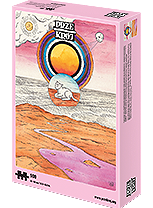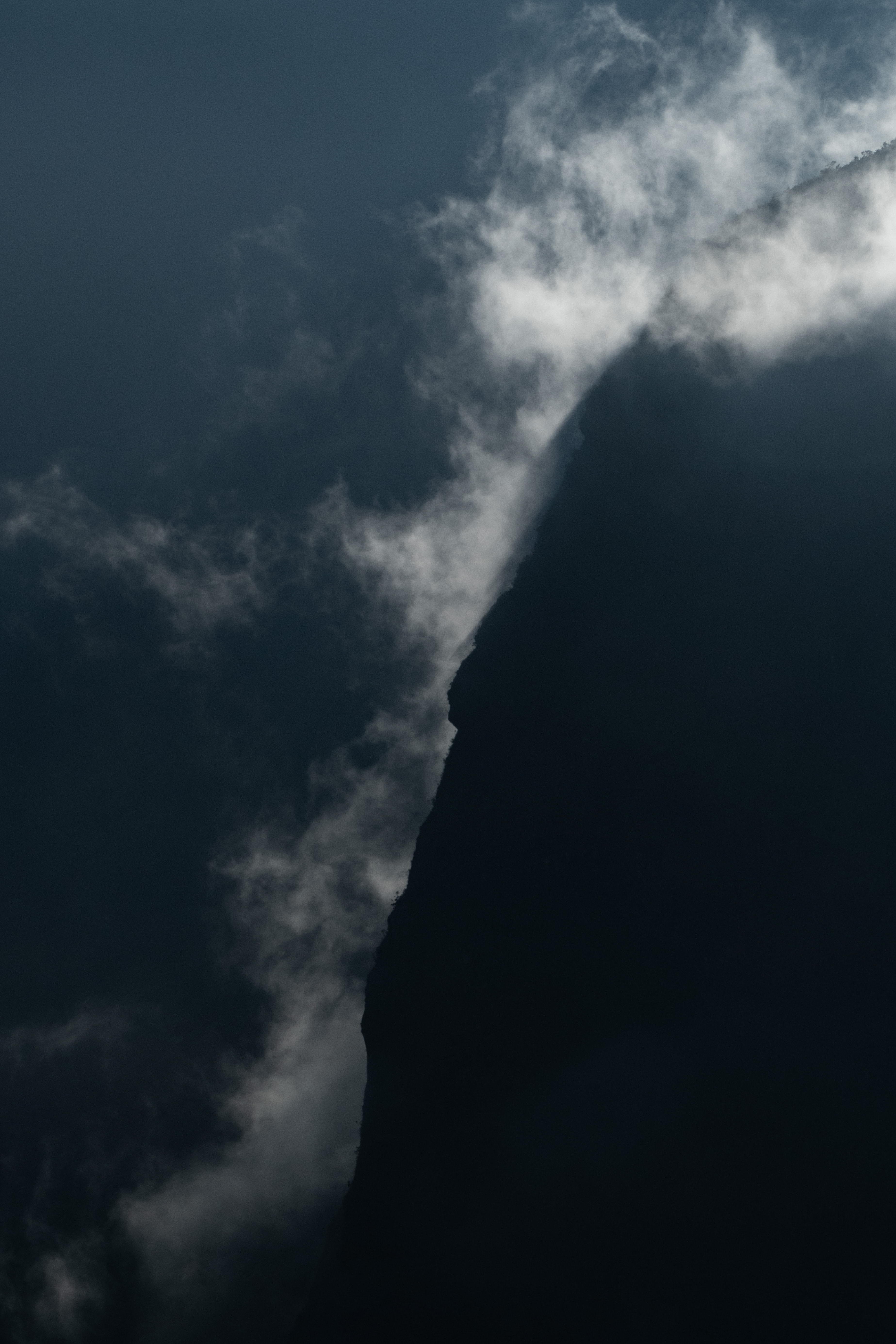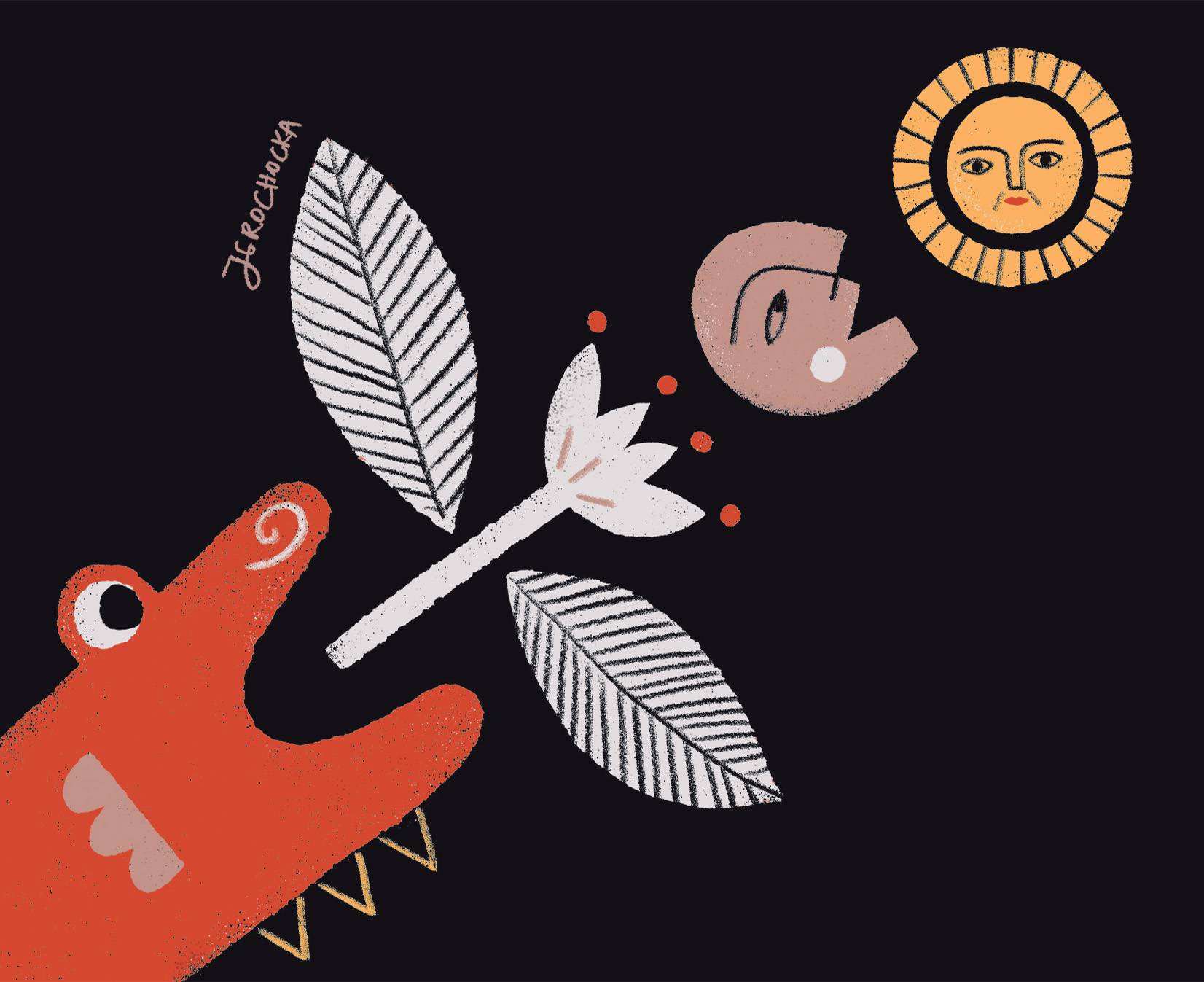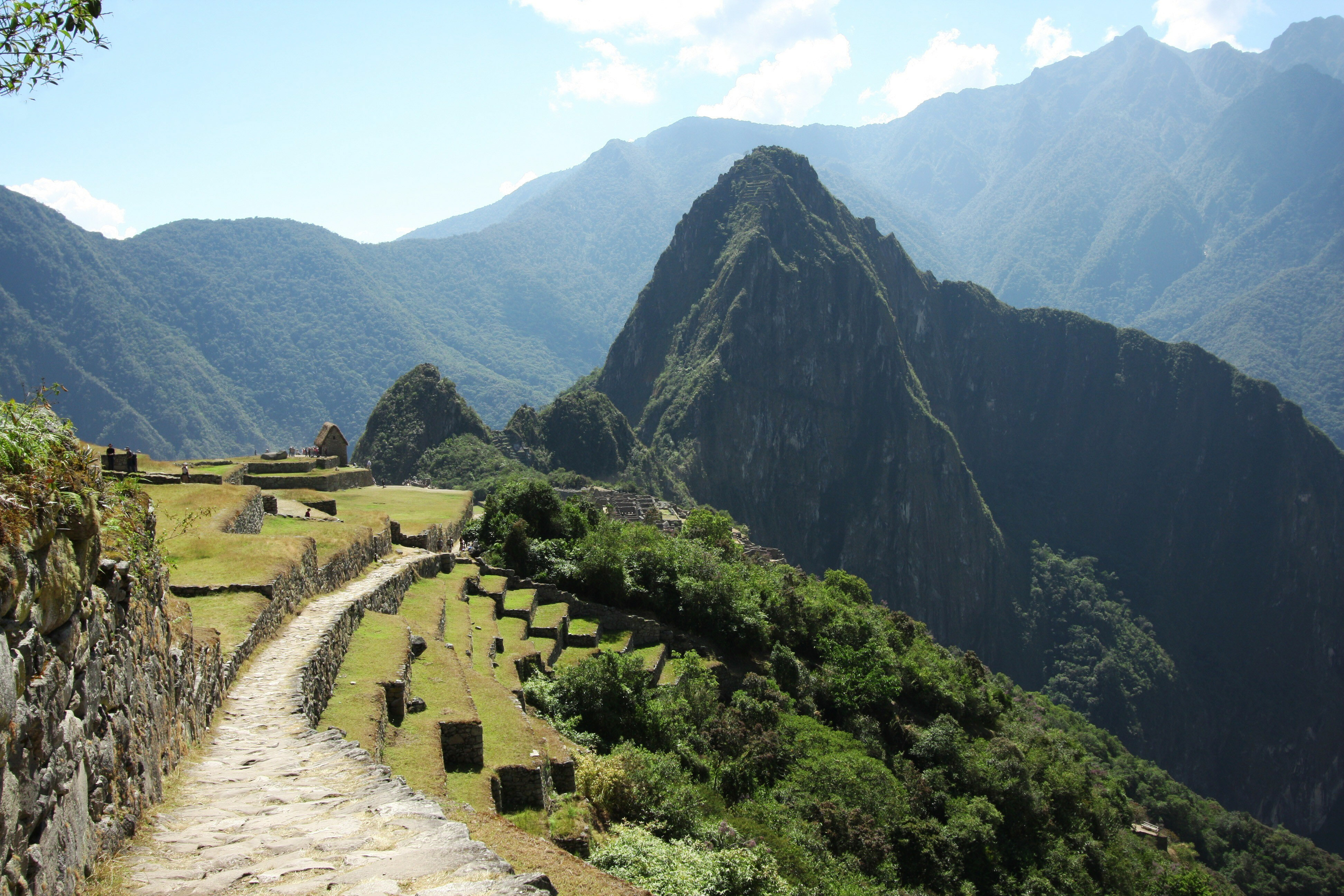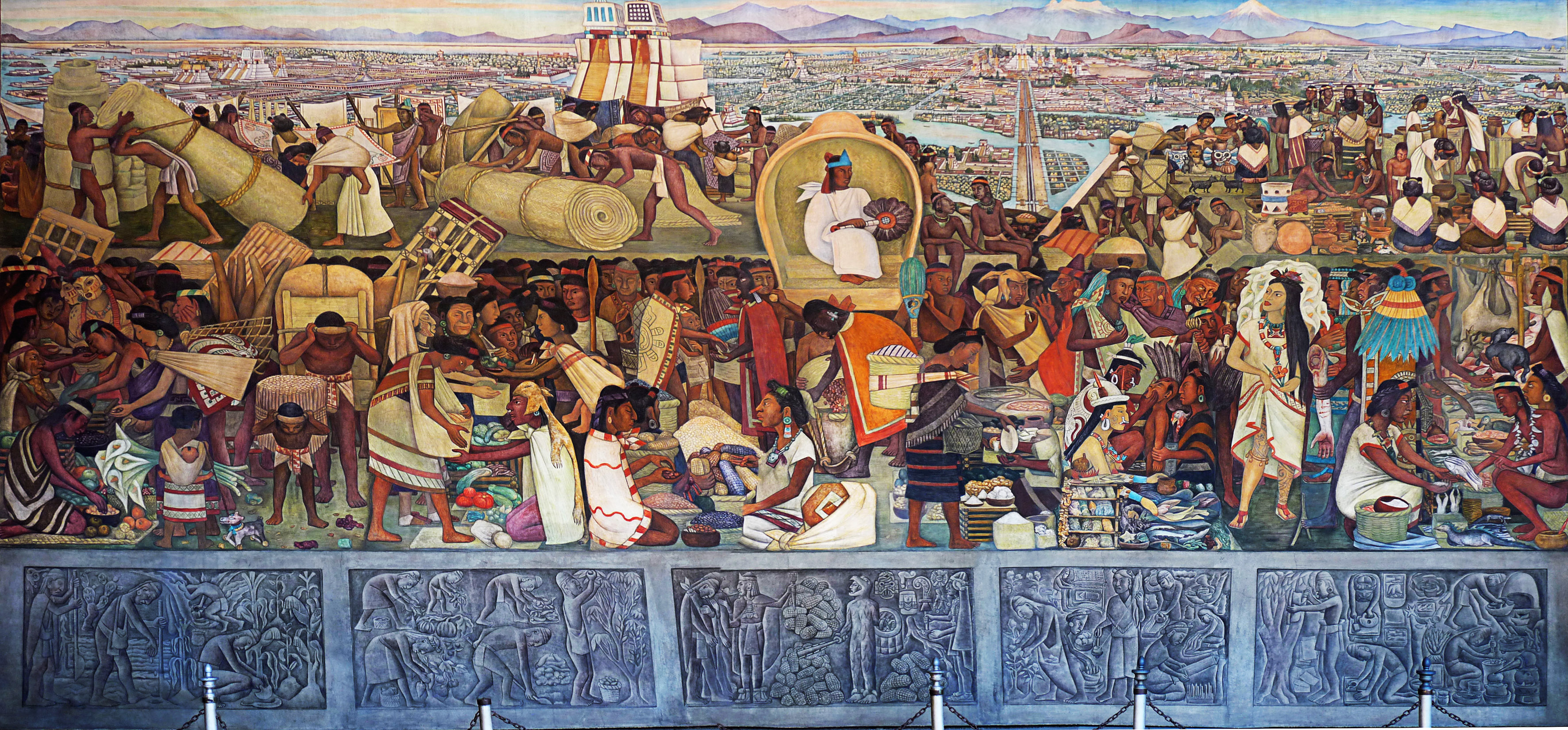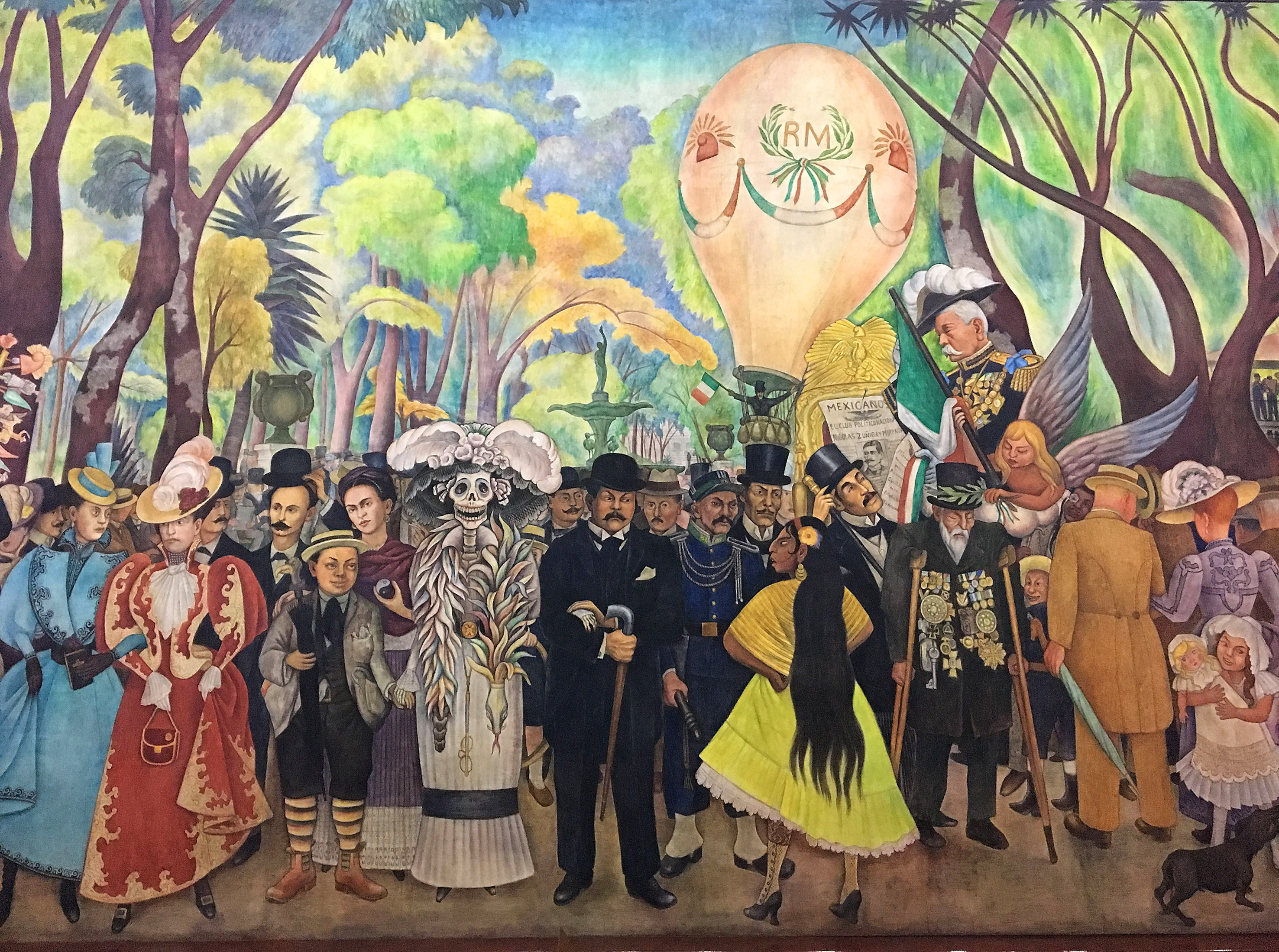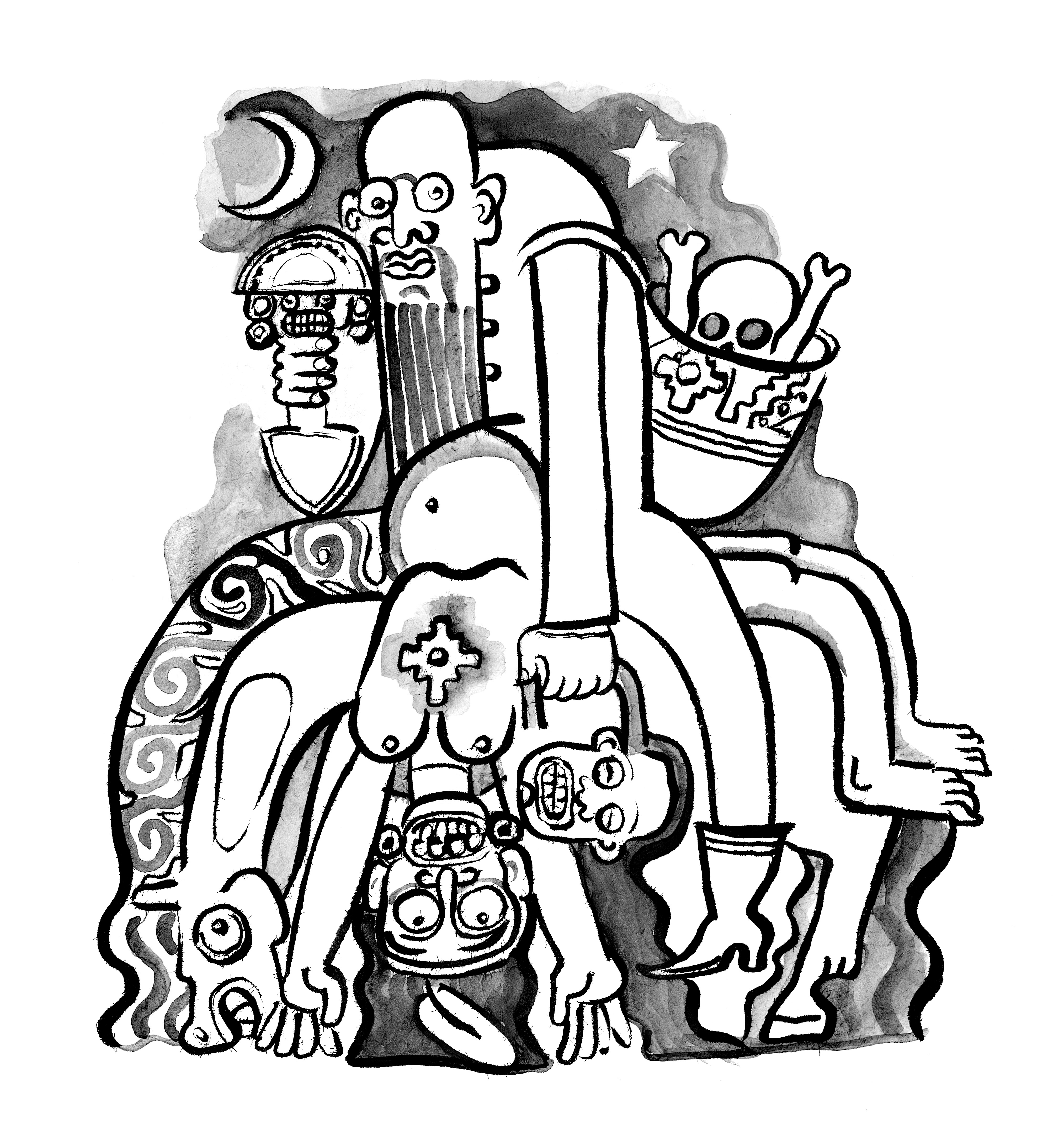
On the surface, it’s just another monster – the vampire’s Andean cousin, a superstition, an element of folklore. But in actual fact, it’s more real than it might seem at first glance. And much more dangerous!
Fans of South American literature might have encountered the pishtaco before in the novel Death in the Andes by Mario Vargas Llosa. Corporal Lituma is transferred to an Andean community run by terrorists from the Shining Path; there, he attempts to figure out this strange world and solve the mystery of a series of disappearances of local residents. In Peru, the novel got a hostile reception from many of those who identify as Andean. This is hardly surprising. The writer expressed negative views about Indigenous Andean cultures and indigenism – the trend postulating the primacy of native Inca heritage over the Spanish element in the country – so readers were perfectly justified in being wary. Some experts in Andean culture, however, considered the novel to be well constructed and valuable from an ethnographic point of view. In any case, pishtacos appear in Death in the Andes many times; through their objective description, they help to create an image of an Andean world that is foreign to both the hero of the novel and its author.
While readers can learn a lot about these creatures, they are most likely to consider them part of the monstrous pantheon – a local counterpart to vampires, ghosts and the like. An interesting concept, but essentially something straight out of fantasy fiction. That is, unless they have followed media reports about the tragic fate of certain tourists in the Andes or the Amazon, such as the death of two Polish kayakers on the Ucayali River in 2011, or the murder of a tourist from Wrocław in Bolivia in 2002. These tragedies share an intriguing common theme: in both cases, the victims were mistaken for pishtacos.
A creature with a human face
It looks like a white man – or, strictly speaking, it is a white man. Tall, often with a beard, sometimes with discernible grey hair. In colonial times, it often dressed as a Catholic priest, and was also seen in a uniform, then in a doctor’s lab coat; nowadays, it might look like an archaeologist, a ‘city slicker’ in a suit jacket, or a tourist.
When observed during the day, it behaves like white people. It doesn’t chew coca, nor drink pisco; it eats what the outsiders eat and shuns local dishes. It often travels by horseback, although nowadays more often by car. It has expensive equipment and tools, and can be seen reading books. It doesn’t tend to speak Quechua. Its menacing nature kicks in after dark. The pishtaco lies in wait for its victims in dark alleyways, on quiet roads, near deserted ruins or mine exits. It attacks careless passers-by, sometimes using a special magic powder made of ground bones. It kills them by slitting their throats and decapitating them, then moves the bodies to a hiding place, usually in a cave, where it melts down their fat. The pishtaco doesn’t eat the fat, but sells it to the cities and foreign countries. (Among other things, fat used to be added to the metal from which church bells were cast to make them sound better. Today, this raw material supplies the pharmacological and cosmetic industries, though it can also be used to lubricate machines.) The pishtaco only attacks men in this way. It treats women differently, sexually harassing and sometimes imprisoning them.
How should it be dealt with? The pishtaco, unlike other known monsters, is relatively easy to kill. You don’t need any magic, specialists or complicated procedures. You just have to chop off its head. You can protect yourself against the effects of its powder, but above all, you should use common sense and not walk alone down dark alleyways at night. It’s generally better to take on the pishtaco as part of a group, not alone.
Trauma incarnate
The problem is that the pishtaco – unlike other monsters – really exists. Well, from our European perspective, maybe we wouldn’t call the pishtaco real. But there are millions of people in the Andes for whom this creature is a genuine, or at least a likely figure; some believe in it without question, while others are less certain but still take the threat posed by the monster seriously.
Ethnographers who have focused on pishtacos – such as the pioneer Efraín Morote Best, who worked in the Ayacucho region in the 1940s; the American Mary Weismantel, who explored the Andes in the 1980s and 90s; and Polish researchers and climbers Elżbieta Jodłowska and Mirosław Mąka (their book Pishtaco. Fenomen symbolizacji traumy kulturowej w społecznościach andyjskich [Pishtaco: The Phenomenon of the Symbolization of Cultural Trauma in Andean Communities], published in 2016, is perhaps the best work on this subject, not just in Polish but in general) – agree that stories about pishtacos are very common among the Andean peoples. In fact, everyone knows the customs of these monsters. They might claim it’s a superstition, but they are well versed in the subject.
Even a cursory reflection on the pishtaco reveals that the overriding feature of this creature is its foreignness: it is a non-runa in the runa world (runa means ‘human’ in Quechuan, implying a local, a native). Its individual incarnations correspond to the ‘incarnations’ of the white people who invaded the Indigenous world: the conquest was led by soldiers and priests, who were followed by representatives of the authorities and business, the police and entrepreneurs, doctors and scientists, and finally tourists. As a rule, they were men, statistically taller than the natives, with facial hair (which is rare among the locals), foreign customs and equipment. And they usually wanted something.
In Andean and other traditions, fat is associated with life-giving power. After all, those who are fat have enough to eat, which means they are strong. The victims of the pishtaco are men of reproductive age, which implies the association of fat with potency. The fat being taken away from the Andes and used for purposes incomprehensible to the local population is a clear metaphor for exploitation, the seizing of resources and strength. Danger comes not in the guise of a demonic fairy-tale monster, but with the face of a bearded Spanish colonizer, an outsider from the coast, from the city, a representative of power and wealth, and a foreigner, a gringo. The superstitious fear of the stranger may be associated with obscurantism and backwardness, but in the Andean context it is absolutely rational.
The Spanish conquest of the Andes in the 16th century marked a catastrophe with far-reaching consequences for the local population: it is not just the events of 500 years ago that are relevant, but how the arrival of white people changed the lives of Indigenous peoples permanently and for the worse. Disease, displacement, cruelty, feudal dependency, and forcing locals to do hard work for little pay did not come to an end along with the colonies, because the newly created states cared little more about their ‘copper-skinned’ citizens, many of whom were not even able to communicate in Spanish with government officials. After all, everyone had always spoken Quechua and other native languages. The monstrous pishtaco turns out to be simply the personification of a trauma that has lasted for centuries – a form in which real fears can be encapsulated.
History and the present
The pishtaco (also called nakaq, kharisiri, lik’ichiri, or simply degollador – the Spanish word for ‘cutthroat’) is not a legacy from the Inca era; there is no mention of it in any pre-conquest sources. However, certain influences from pre-Columbian beliefs can be ascertained within the pishtaco concept. In the Amazon, for example, there was a monstrous creature known by the Spanish pela-cara, a name that clearly indicates its manner of killing its victims by skinning their faces. There are also reports of native beliefs in chupadores (suckers) – vampiric creatures found on the Peruvian coast that feed on human blood. It is worth adding that the Spanish invaders brought with them not only Christianity, but also a whole range of folk beliefs, including the Iberian folklore character of the menacing sacamantecas, a creature that kidnaps children and extracts fat from their bodies (the resemblance to the pishtaco is striking). There are, of course, many more examples of the mixing of folk beliefs in the Andean region – for example, the presence of the deity of the mine, the muki, which perhaps owes some of its features to European mining spirits such as the Polish Skarbnik (‘Treasurer’). But the pishtaco is a creation from colonial times, an element of Andean folklore created after the arrival of the Spaniards as a reaction to their appearance.
In the centuries that followed, the persecution of the local population and the accompanying unrest continued, fuelling people’s belief in the monster. This also applies to times as recent as the 1980s and 90s, when the Maoist Shining Path rebel group was expanding its operations in Peru. Their activities centred around the Andes and led to Peru being plunged into a kind of civil war. The terrorists were aiming to remodel the social order. Their natural enemies were the state and its institutions, but also the Indigenous peoples of the Andes, who did not want to submit to the new order and were prepared to defend their traditional way of life. Meanwhile, the Peruvian Army, who were sent to fight the Shining Path, accused the local population of supporting the partisans; the native communities were attacked from both sides and incurred the greatest costs of the war (the number of victims of the conflict in the period 1980–2000 is estimated to be around 69,000, three-quarters of whom were Quechua speakers; the terrorists and the military are more or less equally responsible for the massacre). The period of internal conflict saw an increase in reports of pishtacos. Once again, the same mechanism was at play: an external threat was given the face of a monster.
The bloody conflict resulted in another very important effect for the fate of the pishtaco. Thousands of Andean inhabitants fled from the dangerous mountains to the coast and large cities; on the one hand, they lost part of their cultural identity, but on the other, they brought some of its elements with them into the metropolitan communities. The pishtaco not only ‘won’ new territories, but it also changed. It came to be associated with other gruesome practices, such as stealing organs for transplantation, gouging out eyes, attacking children, and various other criminal activities. In 2009, the whole of Peru was gripped by the case of the ‘Pishtacos’ gang, whose members were captured by the police having allegedly traded in human fat, and in 2016 in Huaycán, rumours of pishtacos kidnapping children turned into full-scale riots.
The pishtaco lives on
The Andean monster did not escape the fate of other similar creatures: it has become an element of pop culture, a tantalizing taste of native Peruvian horror stories. If you type its name into YouTube, you’ll come across videos of a more or less amateur nature showing the pishtaco in various gory scenarios. But in fact, few works of cinema and literature have featured this character – perhaps precisely because it remains alive for so many people.
I once asked Peruvian regionalist writer Wilfredo Silva Mudarra, whose work includes a volume of short stories based on folk tales entitled Entre Brujas y Pishtacos [Between Witches and Pishtacos], for his opinion on the Andean monster. “I have my own version,” he told me. “In the 1960s I travelled in a canoe along the Ucayali and I met a man belonging to one of the Amazon tribes, who told me that his community still ate human flesh, because local beliefs value it for the proteins it contains. He revealed that his favourite parts were the hands, because they’re delicious and sweet, and the fat. I think that maybe the pishtacos are just members of this tribe. After all, there are also primitive tribes in Peru like the Jivaroan peoples (Shuar), who shrink the heads of their enemies. I suspect that many have become civilized, but I dare say they succumb to temptation from time to time and a man disappears and ends up on their table.”
What is interesting about this statement is not only that the pishtaco remains authentic even for people from outside the Andean world, but also the intrinsic reversal of the situation: in this version, the monster is not the embodiment of the natives’ fear of white people, but the opposite – the outsiders’ fear of the ‘savages’. The cannibal figure, immortal since the time of the conquest, returns. However, this is probably more of a bespoke, ‘rationalized’ evocation. Pishtacos still live mainly among the Indigenous peoples of the Andes.
The aforementioned researcher Mirosław Mąka explained to me the durability of beliefs in the monster as follows: “It’s a bit like someone who’s afraid of Muslims. Even if this person has a nice Muslim neighbour, deep down, they’re convinced that at some point that neighbour could turn out to be dangerous. This is the case with the Andean natives’ fears towards white people: they may know white people and have good relationships with them, but it’s better to be careful, because those white people might be fine, but then again, they’re white people, so who knows?”
Translated from the Polish by Kate Webster

